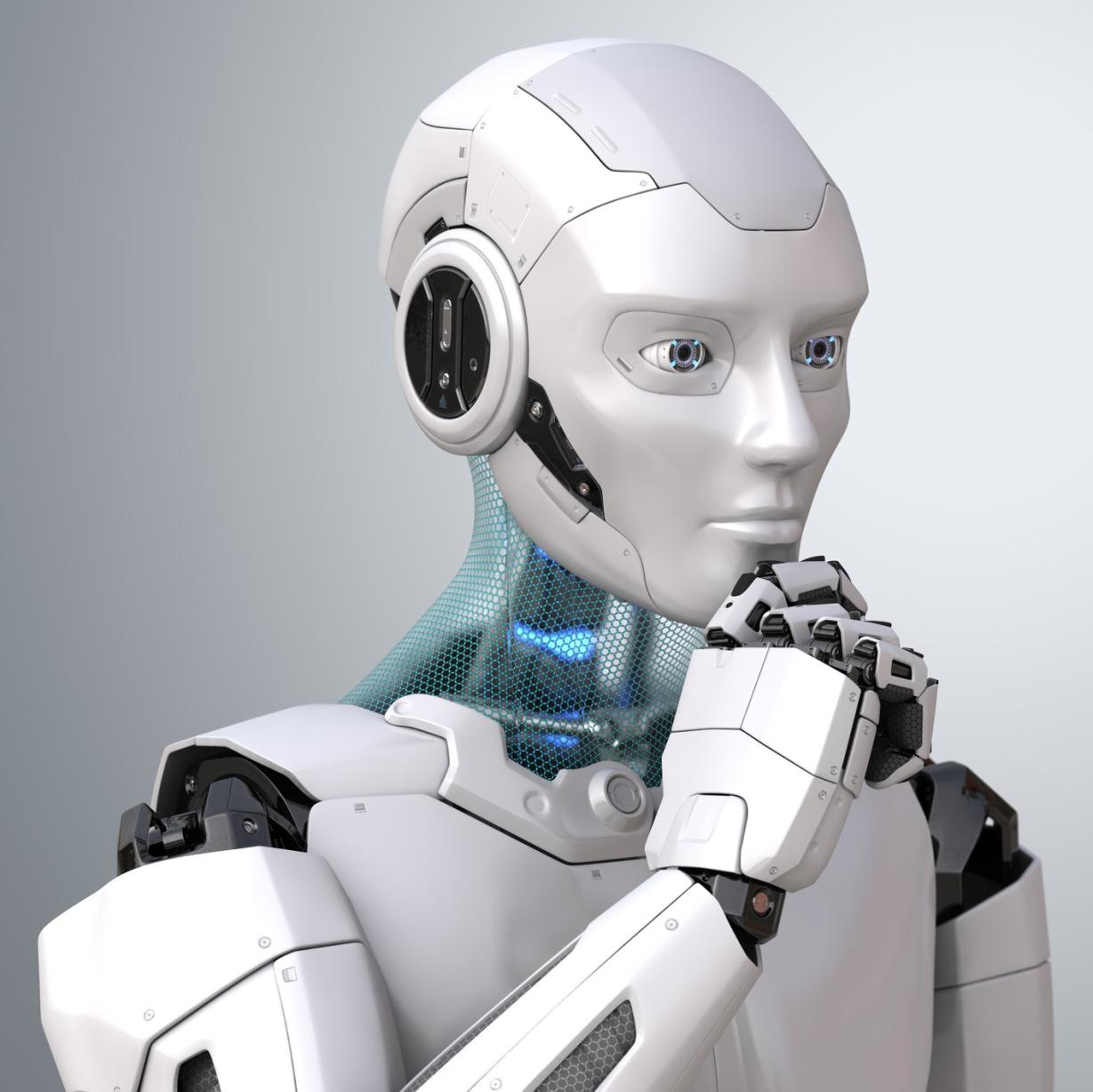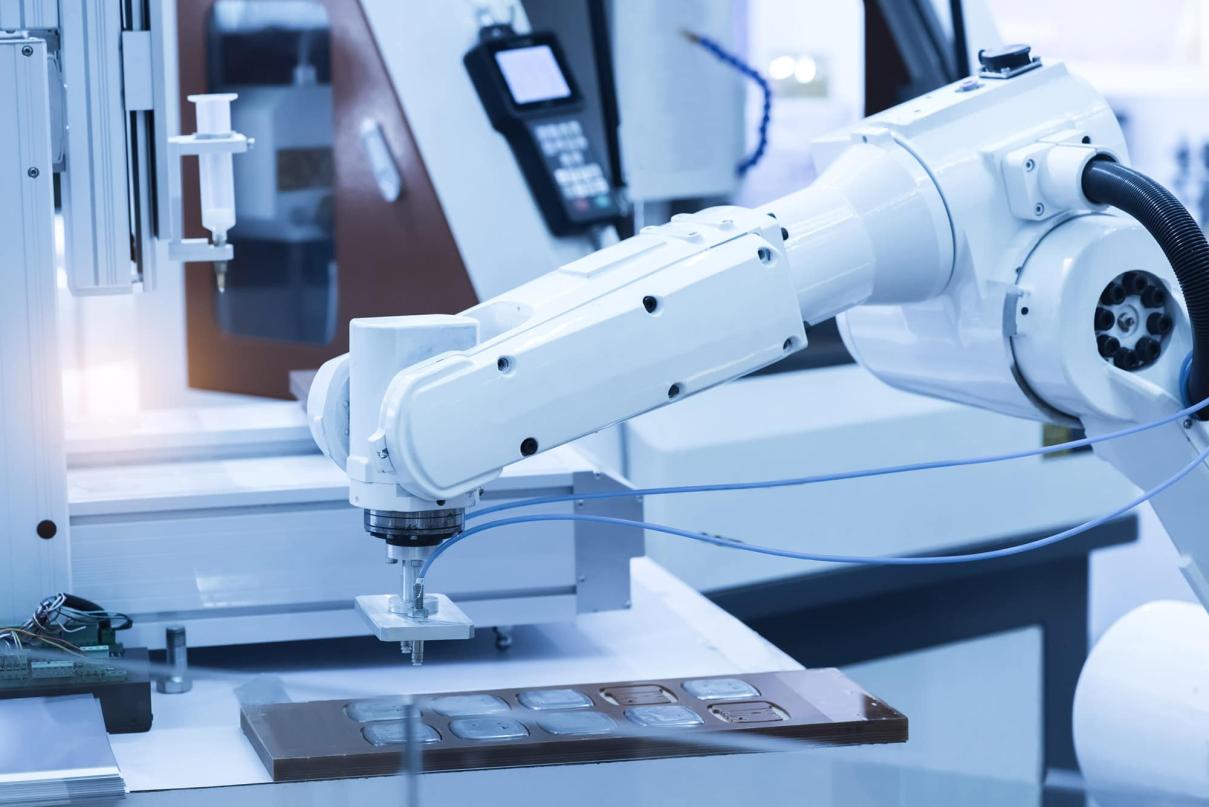What Are the Challenges of Using Reinforcement Learning in Robotics?
Reinforcement learning (RL) is a powerful machine learning technique that has shown great promise in a wide range of applications, from game playing to robotics. However, there are also a number of challenges associated with using RL in robotics, which can make it difficult to apply in real-world settings.

Technical Challenges
High-Dimensional State And Action Spaces
One of the biggest challenges in using RL in robotics is the high dimensionality of the state and action spaces. This means that there are a very large number of possible states and actions that the robot can be in, which makes it difficult for the RL algorithm to learn a policy that is effective in all situations.
- Curse of dimensionality: As the number of dimensions increases, the number of possible states and actions grows exponentially, making it difficult to explore the entire state space.
- Computational complexity: RL algorithms typically require a large number of iterations to learn a policy, which can be computationally expensive, especially for high-dimensional state and action spaces.
- Sample inefficiency: RL algorithms often require a large number of samples to learn a policy, which can be difficult to obtain in real-world settings.
Delayed And Sparse Rewards
Another challenge in using RL in robotics is the fact that rewards are often delayed and sparse. This means that the robot may have to take a long sequence of actions before it receives a reward, which can make it difficult for the RL algorithm to learn a policy that is effective in the long term.
- Credit assignment problem: It can be difficult to determine which actions led to a particular reward, especially when the reward is delayed or sparse.
- Long training times: RL algorithms may require a large number of iterations to learn a policy that is effective in the long term, which can be time-consuming.
- Difficulty in shaping reward functions: The reward function is a critical component of RL, but it can be difficult to design a reward function that is both informative and easy for the RL algorithm to learn.
Non-Stationary And Partially Observable Environments
Finally, RL algorithms are typically designed to operate in stationary and fully observable environments. However, many real-world environments are non-stationary and partially observable, which can make it difficult for the RL algorithm to learn a policy that is effective in all situations.
- Need for adaptation and exploration: In non-stationary environments, the RL algorithm must be able to adapt to changes in the environment. This can be difficult, especially if the changes are sudden or unpredictable.
- Difficulty in learning from past experiences: In partially observable environments, the RL algorithm may not have access to all of the information it needs to make a decision. This can make it difficult for the RL algorithm to learn from its past experiences.
- Challenges in transferring knowledge to new tasks: RL algorithms often have difficulty transferring knowledge from one task to another, even if the tasks are similar. This can make it difficult to apply RL algorithms to new problems.
Practical Challenges
Real-World Constraints

In addition to the technical challenges, there are also a number of practical challenges associated with using RL in robotics.
- Safety concerns: RL algorithms are often used to control robots that interact with humans. This raises safety concerns, as the robot may make mistakes that could injure or kill a human.
- Limited data availability: RL algorithms require a large amount of data to learn a policy. However, it can be difficult to collect enough data in real-world settings, especially for tasks that are dangerous or time-consuming.
- High cost of experimentation: RL algorithms often require a large number of experiments to learn a policy. This can be expensive, especially for tasks that require expensive equipment or materials.
Ethical Considerations
There are also a number of ethical considerations associated with using RL in robotics.
- Concerns about autonomous decision-making: RL algorithms are often used to control robots that make autonomous decisions. This raises concerns about the ethical implications of allowing robots to make decisions that could have a significant impact on human lives.
- Potential for bias and discrimination: RL algorithms are trained on data, which can be biased or discriminatory. This can lead to RL algorithms that are biased against certain groups of people.
- Need for transparency and accountability: It is important to be able to understand how RL algorithms make decisions. This is necessary for ensuring that RL algorithms are fair and accountable.
Societal Acceptance

Finally, there are also a number of societal challenges associated with using RL in robotics.
- Public perception of RL-powered robots: The public may be hesitant to accept RL-powered robots, especially if they are perceived as being unsafe or unreliable.
- Need for education and outreach: It is important to educate the public about RL and its potential benefits. This will help to build trust and acceptance of RL-powered robots.
- Importance of responsible development and deployment: It is important to develop and deploy RL-powered robots in a responsible manner. This includes ensuring that RL algorithms are safe, fair, and accountable.
Summary Of Challenges
The challenges of using RL in robotics are significant, but they are not insurmountable. With continued research and development, it is likely that these challenges will be overcome and RL will become a powerful tool for developing intelligent robots that can operate safely and effectively in real-world environments.
Outlook For The Future
The future of RL in robotics is bright. As RL algorithms become more sophisticated and powerful, they will be able to solve increasingly complex problems. This will open up new possibilities for using RL to develop robots that can perform a wide range of tasks, from assisting humans in everyday life to exploring dangerous and inhospitable environments.
Call For Continued Research And Development
Continued research and development is needed to address the challenges of using RL in robotics. This includes research on new RL algorithms, new methods for collecting data, and new ways to ensure that RL algorithms are safe, fair, and accountable. With continued research and development, RL has the potential to revolutionize the field of robotics.
YesNo

Leave a Reply